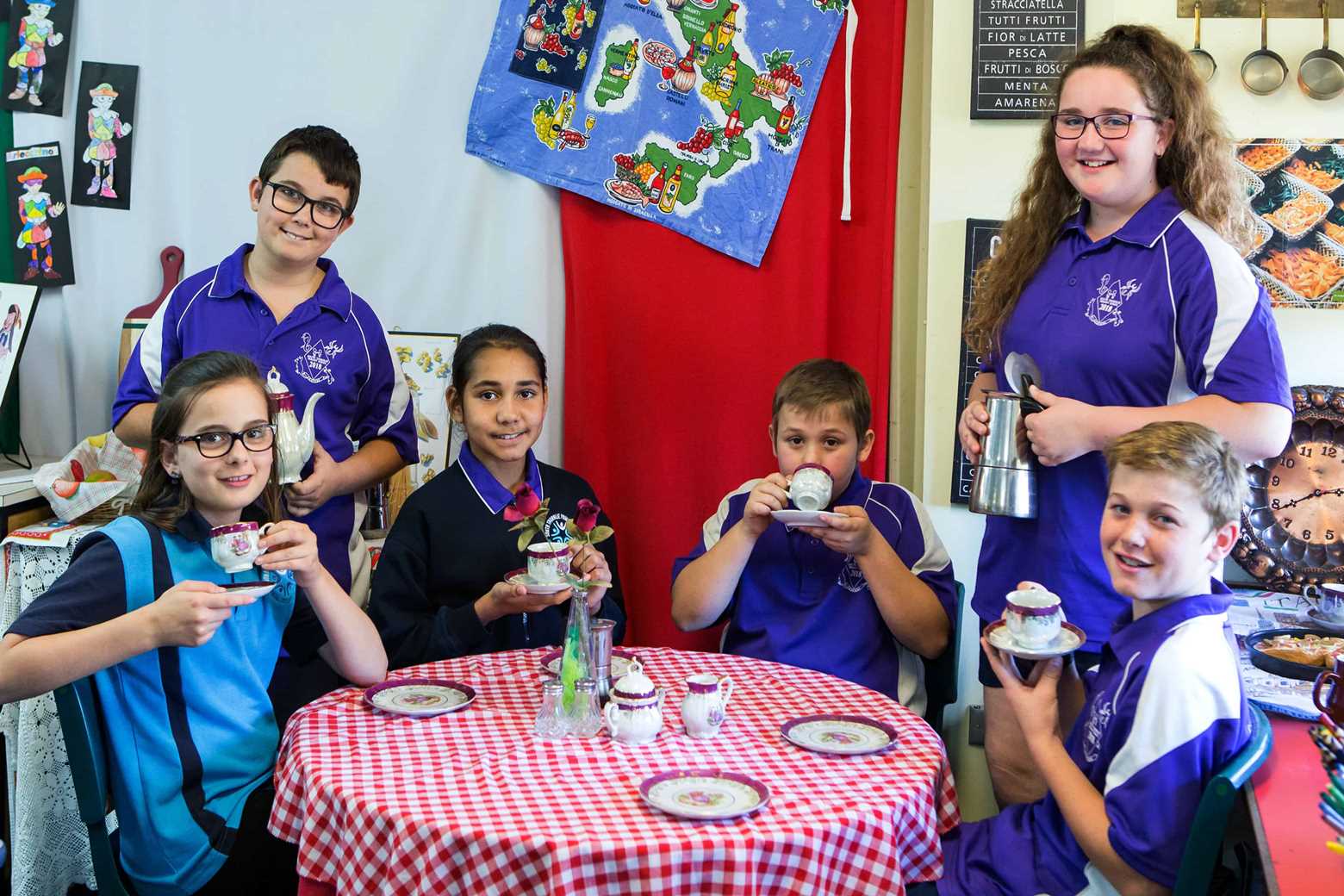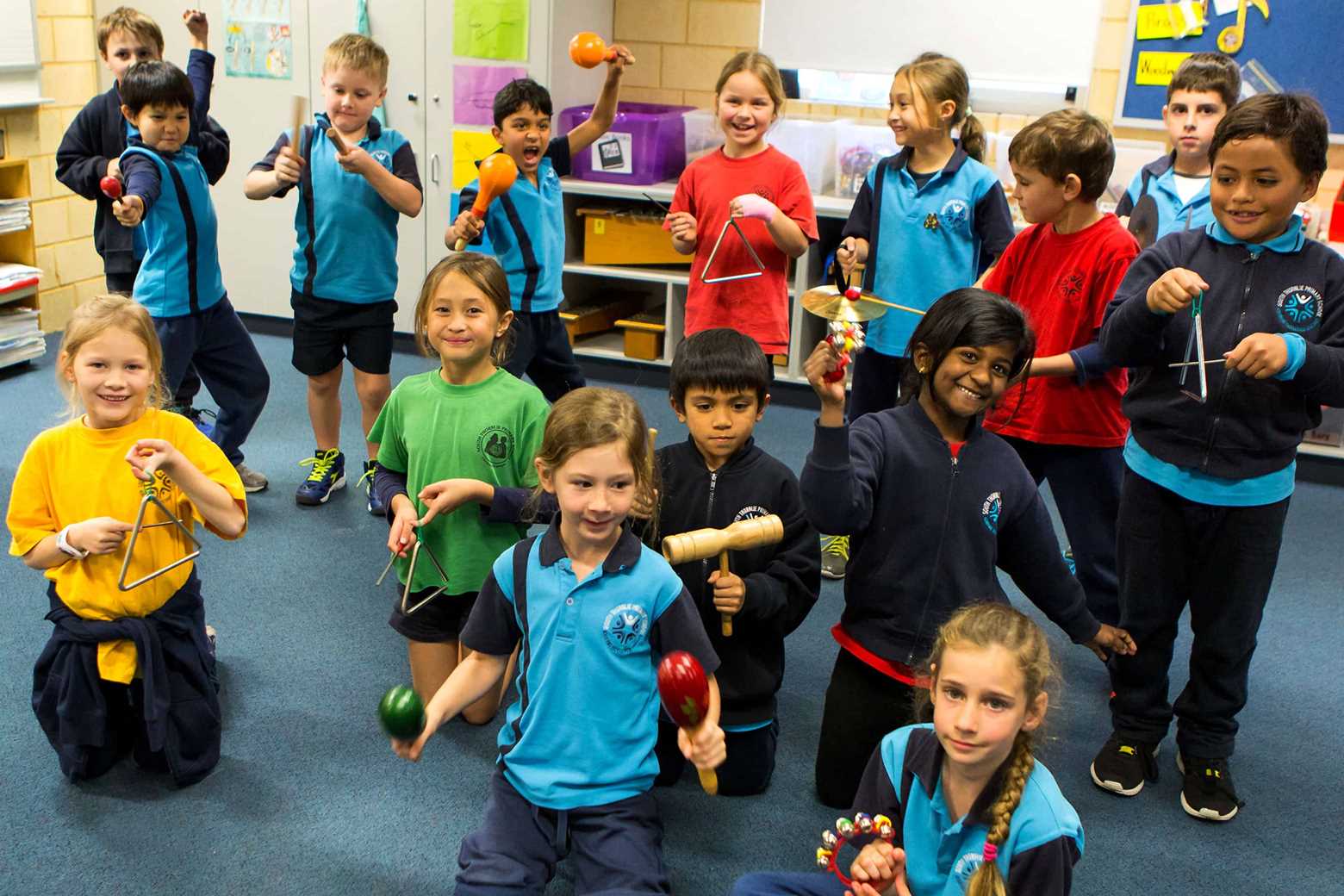We live in a world of continually evolving technologies and it is imperative our students are equipped with the necessary knowledge, skills and understandings to navigate and thrive in an ever changing, technology driven society. Our students need to be responsible global citizens and be creative and innovative when applying their knowledge and skills to come up with solutions to real world problems.
At South Thornlie Primary School, Technologies education is delivered in accordance with the Western Australian Curriculum which describes two distinct but related subjects:
• Design and Technologies: Students use design thinking and technologies to generate and produce solutions for authentic needs and opportunities
• Digital Technologies: Students use computational thinking and information systems to define, design and implement digital solutions.
In order to develop our students’ technical competencies, critical thinking, and cyber safety, students are provided with explicit instructional lessons to develop their skills and knowledge of how to use computers, iPads and other digital technologies, including how to navigate the internet and stay safe online.
On Thursday afternoons teachers volunteer to run our Robotics Club. The Junior club meets in terms 1 and 2. They use Lego We Do Robots and participate in 1st Lego League Explore to investigate and solve a challenge each term. These challenges are showcased at a School Exhibition. The Senior Club meet in terms 3 and 4. They use EV3 Mindstorms and work towards preparing for the 1st Lego League Challenge competition in December. The students use lego and robotics to solve real world problems.
The school runs regular Technology Cafes to support staff development. These sessions are facilitated by the Technology Committee and utilise the skills of current staff to support and develop those of their colleagues. These sessions have included the use of Seesaw, Bright Path, Kahoots, Reporting, Green Screen, Teams, Microsoft 365 and Connect. Teachers have also had the opportunity to practice their skills using robots such as Bee Bots, Sphero, Edisons and Lego EV3 Mindstorm. This has led to some exciting projects been completed by many classes using digital technologies throughout the year.
While teachers teach both Design and Digital Technologies throughout the year, in Semester 1 the focus is on Design Technologies. The school is well resourced with materials, equipment and teacher reference guides. These teacher guides support teachers to integrate design technology activities into their other learning programs. Students have been using hands on approaches, along with problem solving skills, to design, build, test and improve their set projects.
In Semester 2, the focus shifts to Digital Technologies. Our teachers use a range of teaching strategies and models to enhance our students’ learning. They range from unplugged coding activities and games to exposure to robotics through the use of Bee-bots, Microbits and Makey-Makeys. We also have a Green Screen that teachers and students can use for photos or filming projects.
The Technology marking rubrics are used as a whole school assessment tool, which continues to ensure that all aspects of the curculum are covered in a consistent, moderated manner across the school. This tool also allows us to monitor student achievement and progress in Technologies, as well as informing teaching and planning to improve student learning.

Humanities and Social Sciences (HASS)
The Humanities and Social Sciences Curriculum addresses the four key learning areas: History, Geography, Civics and Citizenship and Economics and Business.
The Arts - Music
All students from Year 1 to Year 6 participate in a Specialist Music Program at South Thornlie Primary.


 08 9232 3600
08 9232 3600